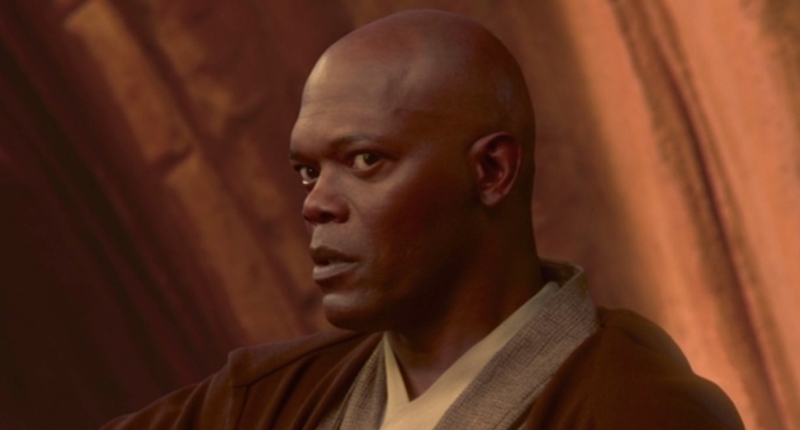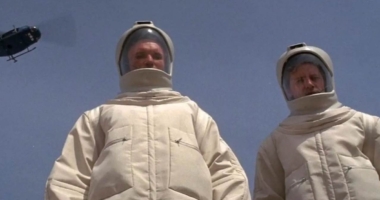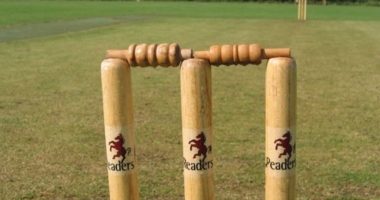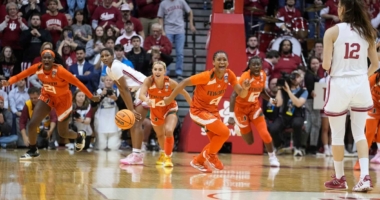Actors often shoot fight scenes against a tennis ball on a stick, which stands in for the beings they’re supposed to be fighting. Samuel L. Jackson’s earlier interview with the same “GMA” reporter touched on that issue. In the Star Wars prequels, Jackson played Mace Windu, a member of the Jedi Council, and wielder of a purple lightsaber at his request. The use of CGI in Attack of the Clones was groundbreaking in 2002. George Lucas provided the actors with “videomatics,” which were animated videos of what the cast was supposed to be looking at. Nowadays, all the Star Wars films and TV series are streaming on Disney+.
Actors have been fighting against computer-generated monsters in films for a long time. This is because many movies nowadays feature fictional creatures, and actors must shoot fight scenes against a tennis ball on a stick that stands in for the beings they’re supposed to be fighting. Samuel L. Jackson, who has been in the Marvel Cinematic Universe and Pulp Fiction, has been battling CGI throughout his time as Nick Fury in the MCU. However, when the Star Wars prequels were released, it was a relatively new experience for him. In the Star Wars prequels, Jackson played Mace Windu, a member of the Jedi Council, and wielder of a purple lightsaber at his request.
As any Star Wars fan knows, creator George Lucas had a vision for what he wanted in the original trilogy. Unfortunately, the technology of the time was not sufficient, so he went back years later to update them with modernized effects for the Special Edition re-releases. However, Lucas went way overboard with the special effects in the prequel trilogy. Many of the backgrounds and beings we saw on screen were not real. In an interview with “Good Morning America” (via ABC News) in 2002, Lucas discussed the use of CGI in the Star Wars prequels. He said that the most frustrating job in the world is being able to think of something and saying you can’t do it. In the same interview, Jackson talked about his experience fighting against nothing.
Whatever you think of the CGI in Attack of the Clones, it was a pretty astounding feat at the time of the film’s release. In the “GMA” interview, the visuals were described as incredible, and the interviewer mentioned that creating the imagery that makes up the trilogy must be the greatest job in the world. Lucas responded by saying that they figured things out and that he can now do what he envisioned.
In 2002, the use of CGI in Attack of the Clones was a groundbreaking achievement, even though it might not be effective today. Samuel L. Jackson, who played Mace Windu in the Star Wars prequels, talked about his experience acting in front of a green screen. Jackson explained that it was difficult for him to imagine what he was fighting and how big it was, and that it would be better if he had a specific reference.
George Lucas, the creator of the Star Wars franchise, was aware of the actors’ struggle, so he provided them with “videomatics,” which were animated videos of what the cast was supposed to be looking at. These videos helped the cast to see how the shots were going together and what it was going to be like. Additionally, they had a little model on the set to show the creature’s size.
Although acting opposite a tennis ball or an “X” taped on a wall is not the easiest thing to do, technology has advanced since Attack of the Clones was released in 2002. Today, we have films featuring creatures (like Groot and Rocket in the MCU) that don’t exist, and it is difficult to tell if they are not real.
Nowadays, all the Star Wars films and TV series are streaming on Disney+.
Don’t miss interesting posts on Famousbio









